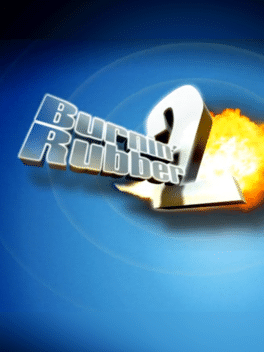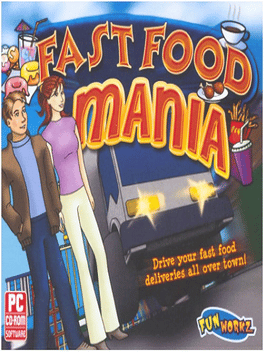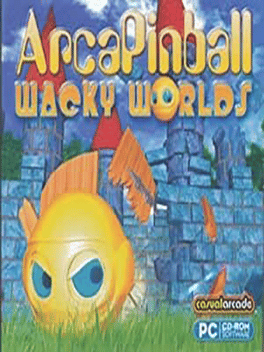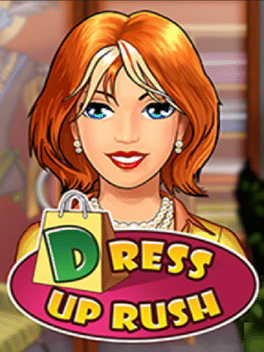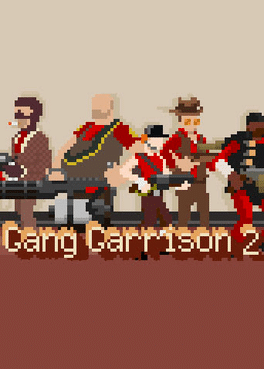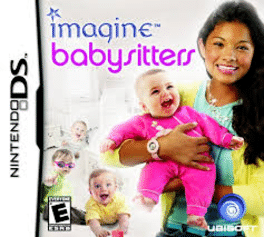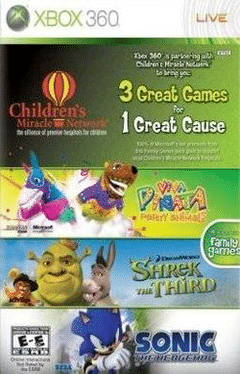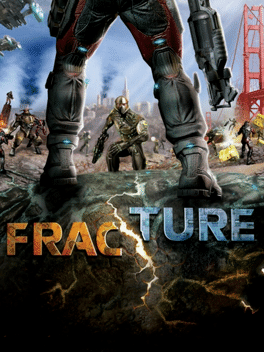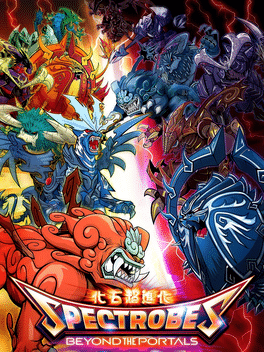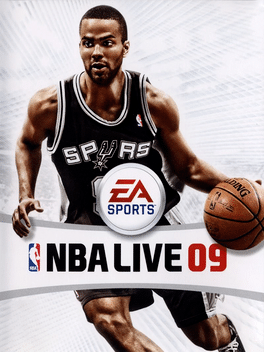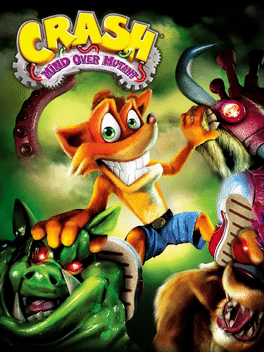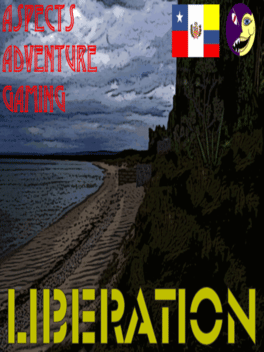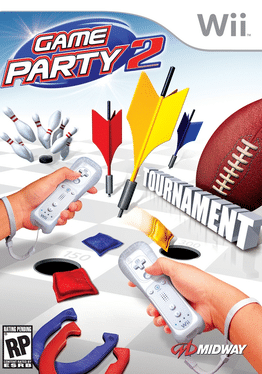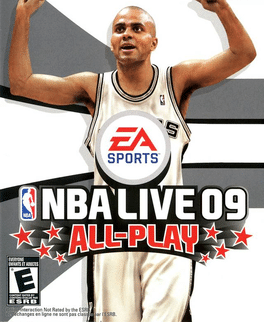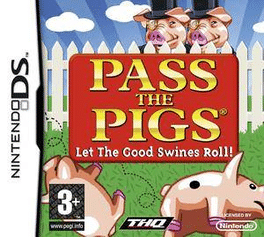New Games - Page 9922
-
NBA Live 09
2008
-
Burnin' Rubber 2
2008
Burnin' Rubber 2
2008
Burnin' Rubber 2 is the sequel to the first game and is the second installment in the Burnin' Rubber series which was released on October 7, 2008. In Burnin' Rubber 2, the players race their way into five different types of maps and fifteen levels to unlock new races and new cars. Players will have to collect enough points from collectibles around the map and/or score by beating the race in a low amount of time, or winning the race with the car in good condition. An upcoming standalone version is supposed to release in the future. -
Fast Food Mania
2008
Fast Food Mania
2008
Fast Food Mania it's a time management game in which you race all over the town delivering orders to hungry customers. -
ArcaPinball: Wacky Worlds
2008
The gameplay of ArcaPinball: Wacky Worlds is similar to Arkanoid with Power-Ups but the playfield it's in 3D. -
Dress Up Rush
2008
Dress Up Rush
2008
Imagine running your own fashion boutique with cozy chairs, hot coffee, and ambient music. Meet Jane, a savvy fashionista, determined to make a name for herself in the fashion biz. Start small and provide top-notch service to clients -- then upgrade your boutique with more fitting rooms, a sleeker design, and a fat cash register. Sell the hottest collections and offer 130 distinct clothing options to customers. Can Jane manage the Dress Up Rush in this Time Management venture? -
Gang Garrison 2
2008
Gang Garrison 2
2008
Originally conceived for the 2008 TIGSource.com 'Bootleg Demake' competition, Gang Garrison 2 is a free multiplayer 'demake' of Valve's Team Fortress 2. Gang Garrison 2 presents the player with 9 unique classes to use in frenetic, cooperative multiplayer action in a stylish and unique 8-bit style. -
NBA 2K9
2008
NBA 2K9
2008
star 7.7Improved facial and skin textures, better uniforms, improved eye movement and more realistic crowd reactions bring the game alive like never before. Analyst Clark Kellogg and sideline reporter Cheryl Miller join color commentator Kevin Harlan to create one of the most knowledgeable broadcast teams in the game. End each quarter with enhanced, multiple angle replay highlights, and be rewarded like never before with all-new, true-to-life celebration sequences after you capture the NBA championship. -
Imagine: Fashion Designer New York
2008
Play as a young fashion designer starting a career in a famous fashion agency in New York City. Discover the glamorous world of fashion and create trendy designs to become the hippest fashion designer ever. -
Imagine: Babysitters
2008
Imagine: Babysitters
2008
Improve your babysitting skills and earn parents' trust in this entry to the Imagine franchise. -
NBA 09: The Inside
2008
NBA 09: The Inside
2008
star 6.9NBA 09: The Inside is the sequel to NBA 08 where once again the player can partake in a new chapter in "The Life" mode. This time around the player can take control of a created superstar (five total) with the ability to interact with three different characters and constantly change the storyline. The Team Progression System makes a return, rewarding the player for game exploration and completing certain achievements given to them throughout the game. Completing these tasks can unlock certain accessories that they can use for their created character, showing off their status. Players can also associate with various teammates and coaches, how they act towards these characters will determine their place with the team (being a team player and helping out others will have the coaches play you more and have create a bigger fan base and being a individual loner will alienate them from the team and have a smaller fan base). The obligatory game modes also exist in this version as well (Franchise, Exhibition) as well as u -
Fracture
2008
Fracture
2008
star 6.5Set in 2161, global warming has caused the U.S. to split into two. Fracture tells the story of Jet Brody, a soldier for the Atlantic Alliance (the former East Coast), as he fights the Republic of Pacifica (the former West Coast) led by former Alliance General Sheridan. -
Spectrobes: Beyond the Portals
2008
star 6.9Spectrobes: Beyond The Portals is the sequel to popular anime-inspired, sci-fi action/role playing game series Spectrobes, for Nintendo DS. Spectrobes: Beyond The Portals continues the story of Rallen and Jeena, interplanetary patrol officers who discover, excavate, awaken and train mysterious fossilized creatures known as spectrobes and then use them to battle enemies. The story revolves around the origins of ominous portals that lead to distant dimensions and a new nemesis who hopes to destroy the spectrobes. -
NBA Live 09
2008
NBA Live 09
2008
star 6.7NBA Live 09, sometimes called NBA Live 2009, is the 2008 installment in the NBA Live series, developed and published by Electronic Arts. The original release date was October 7, 2008. The game features Tony Parker of the San Antonio Spurs on the cover in most markets (this is Parker's second appearance on the cover; he also appeared on the French version of NBA Live 07). The Wii version of the game, developed by HB Studios, is titled NBA Live 09 All-Play and launched under EA Sports' new All-Play brand exclusive to the platform. This was the last NBA Live game released for the PlayStation 2. -
Crash: Mind Over Mutant
2008
star 5.8Crash: Mind Over Mutant is the sequel to Crash of the Titans and the seventh Crash Bandicoot series game. The game uses many of the same mechanics as its predecessor with a few changes. Rather than having twenty linear platforming levels to complete in sequence, Mind Over Mutant features eight distinct locations for Crash to explore and travel between as the story progresses. The player can complete missions given by non-playable characters and discover collectibles through the levels. -
Game Party 2
2008
-
NBA Live 09 All-Play
2008
NBA Live 09 All-Play
2008
star 6NBA Live 09 All-Play is the Wii-only version of EA's long-running franchise. It features exaggerated players, multiple control schemes to cater to players of all ages, and a more arcade-style flavor. -
Heileen: Sail Away
2008
-
Pass the Pigs
2008


